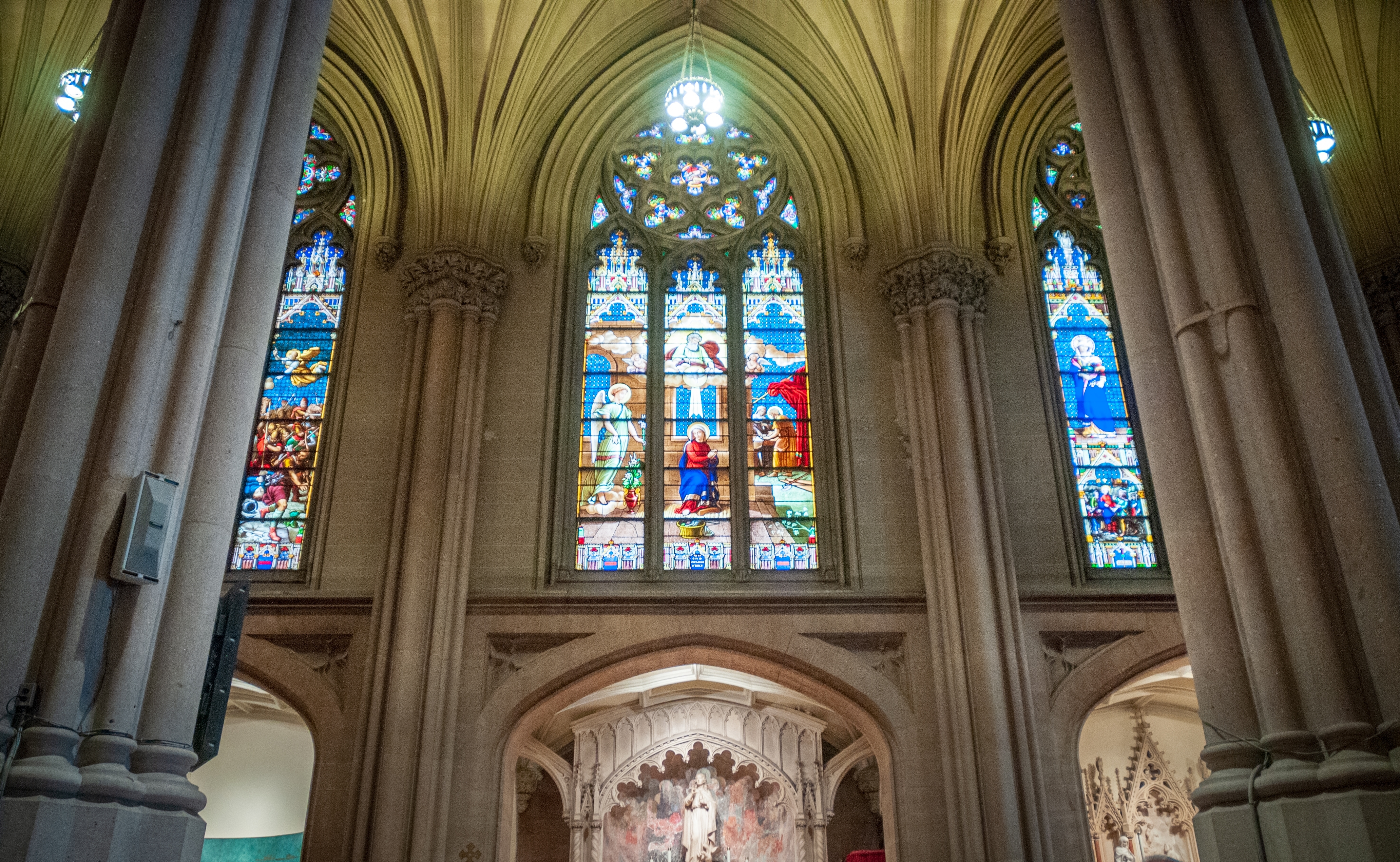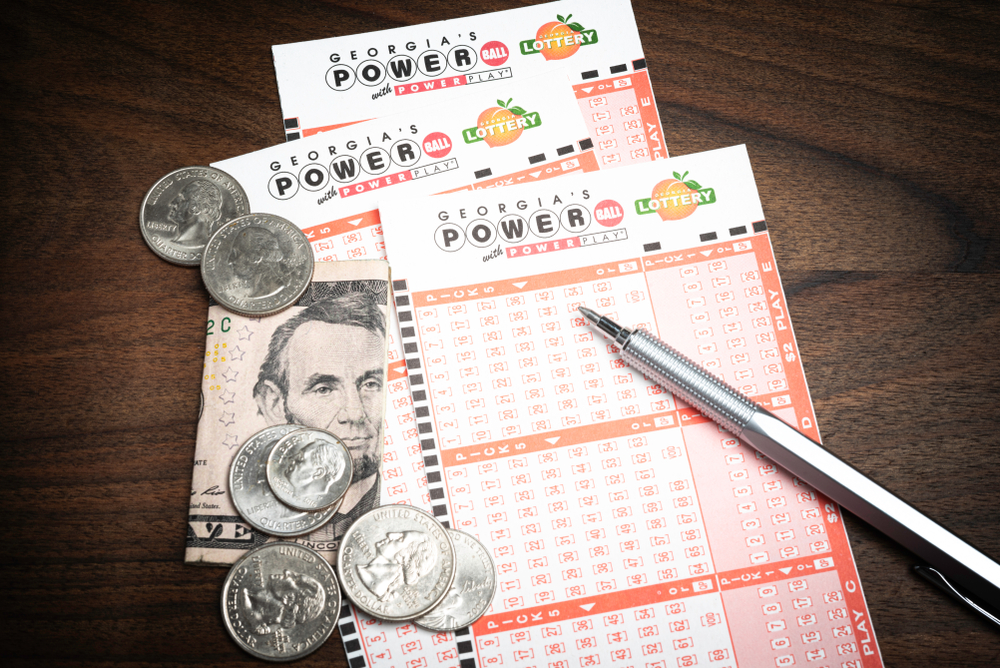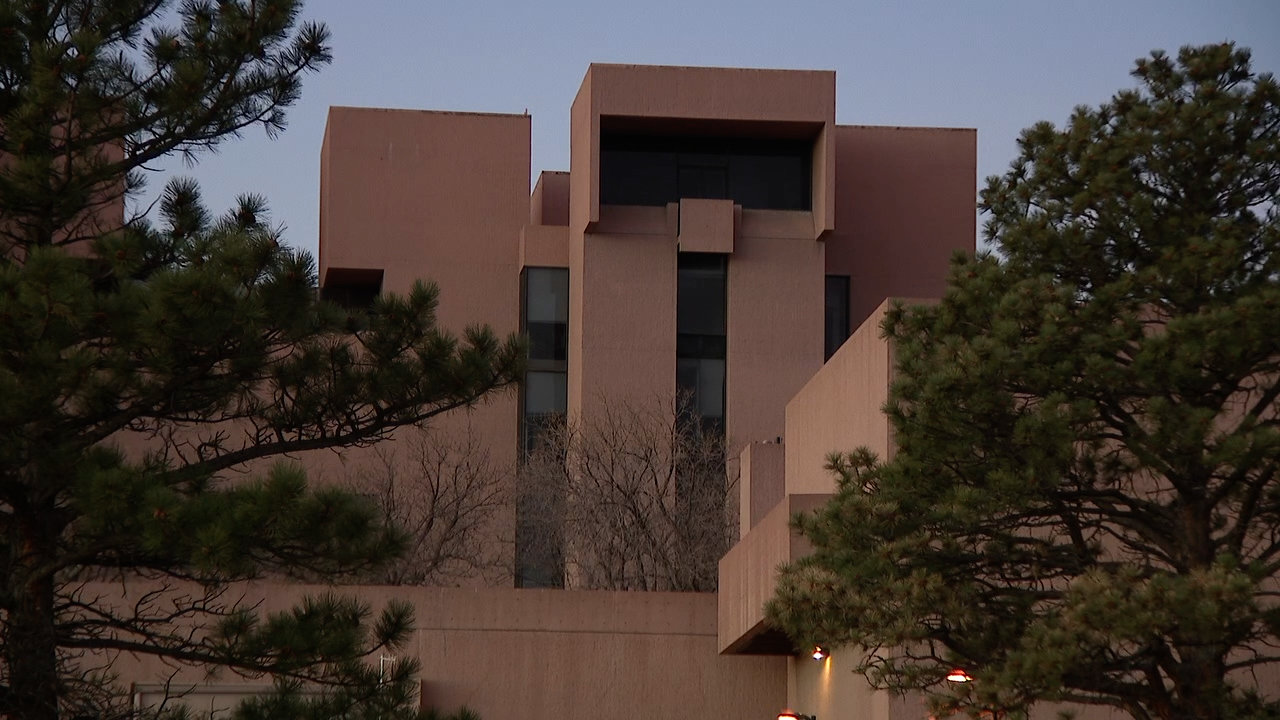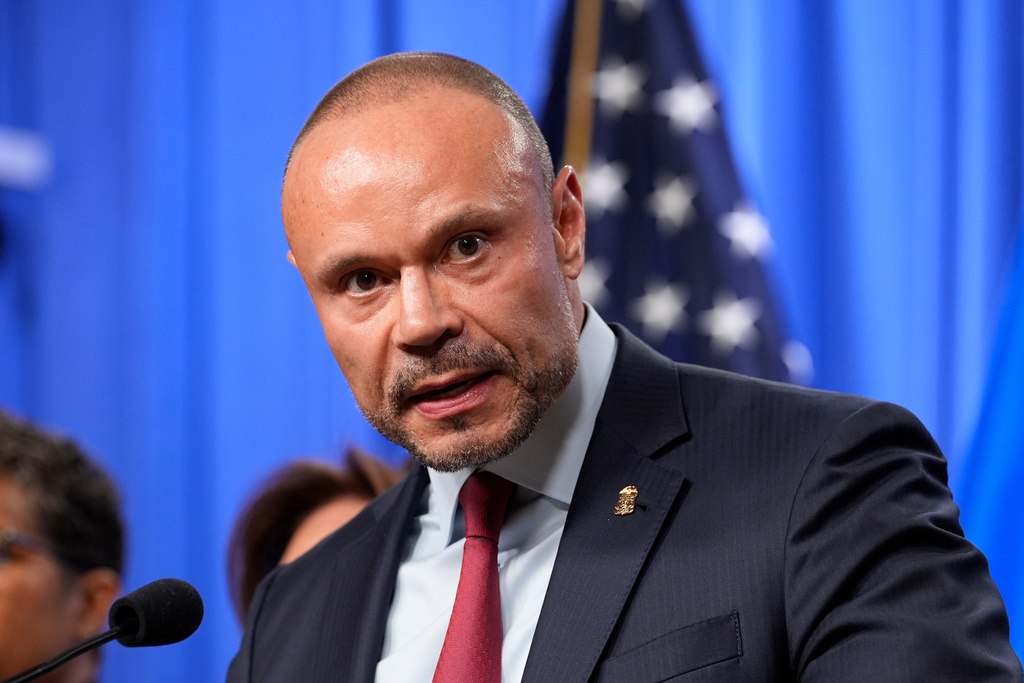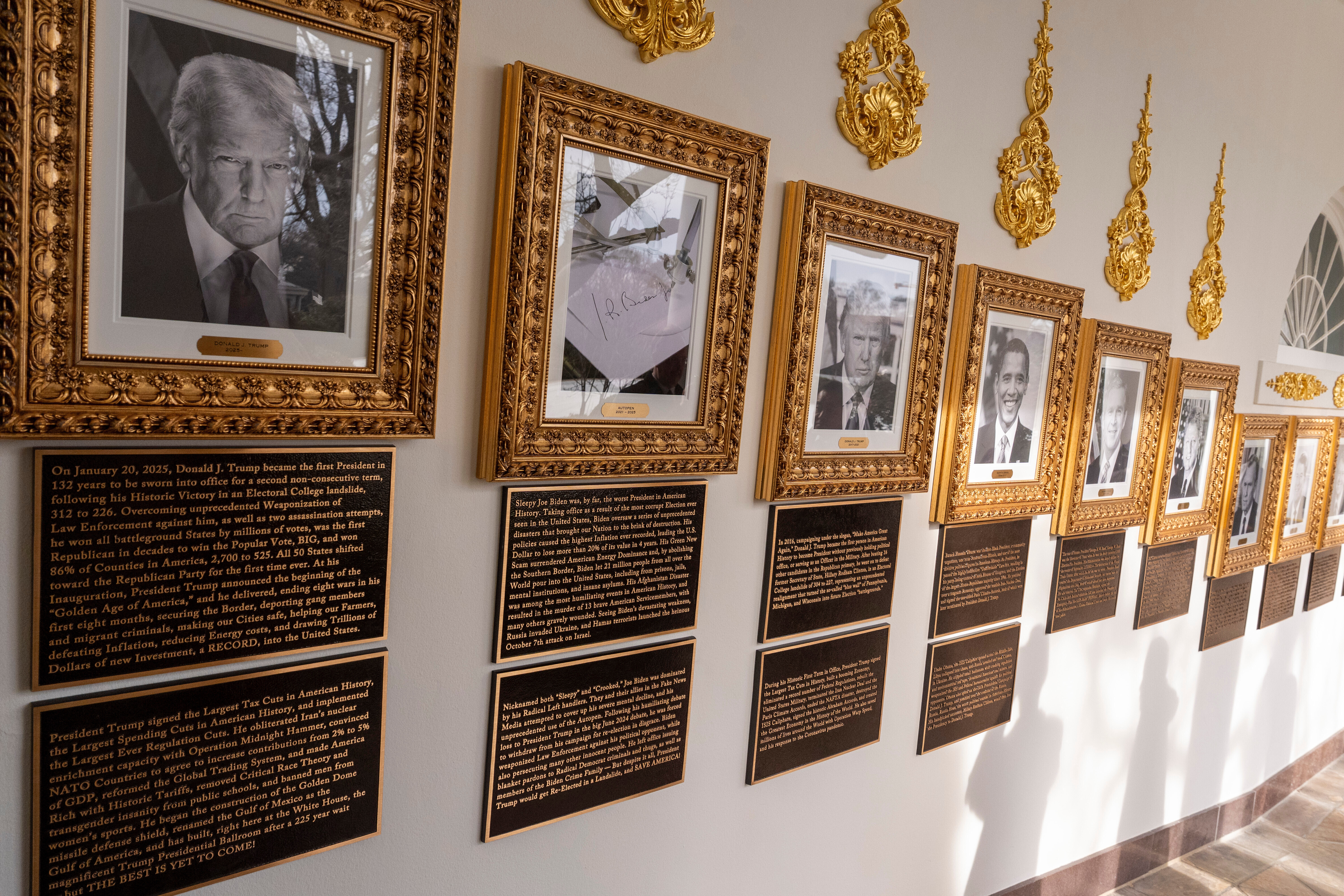Moderate voters hold middle ground positions in an era of extreme politics.
The Democratic Party has been driven to the left, Republicans rushed to the right. It's the politics of entrenchment. It's a war. Moderate voters are in the demilitarized zone — a shared space, not given to media — magnetizing provocations.
Moderates see many sides of complex issues. According to a 2014 poll by Third Way, which advocates for Center Left stances, "They see both parties as overly ideological and wish politicians would compromise more."
We see that opinion show up a lot in polls about compromising, but by their very nature, these people aren't marching in the streets and turning cities upside down to demand hand-holding. Instead, they operate, and vote, usually alone.
Many moderates also are swing voters. The Third Way poll found that 33 percent of them vote equally for Republicans and Democrats. It depends on the issue, it depends on the candidate. That's why every four years, after revving up their base with supercharged partisanship, the major presidential candidates try to recruit moderates to strengthen their ranks and give them the winning edge.
And it's going to happen again in 2020 because they need the mythical moderates. How many of these actually exist is difficult to say because polls peg the population at about 33-40 percent of the electorate.
Exit polls on Election Day 2016 found that 39 percent of respondents said their political ideology is moderate. Let's do a comparison. That number was 41 percent in 2012, 44 percent in 2008 and 45 percent in 2004, and in those cases they always split for Democrats.
A few groups are moderate strongholds, Third Way found: Moderates represent the biggest voting bloc of Hispanic and nonwhite voters, plus millennials.
And one more thing important to note here: "Moderates" and "independents" are not always synonymous. Some independents have strong liberal or conservative political ideologies. Some are swing voters.
While self-identified moderates we've seen have fallen over the years, Gallup found in 2017 that 42 percent of Americans now call themselves independents. That's up from 39 percent in 2016.
Looking ahead to 2020, it says, "Greater political independence could mean voters are more likely to act as free agents when casting ballots in federal elections."
The battle for these swing voters is likely to be more intense than ever, just as the parties pull further apart.




 US Intel Chief Again Says Russia Might Try To Meddle In 2018 Midterms
US Intel Chief Again Says Russia Might Try To Meddle In 2018 Midterms
